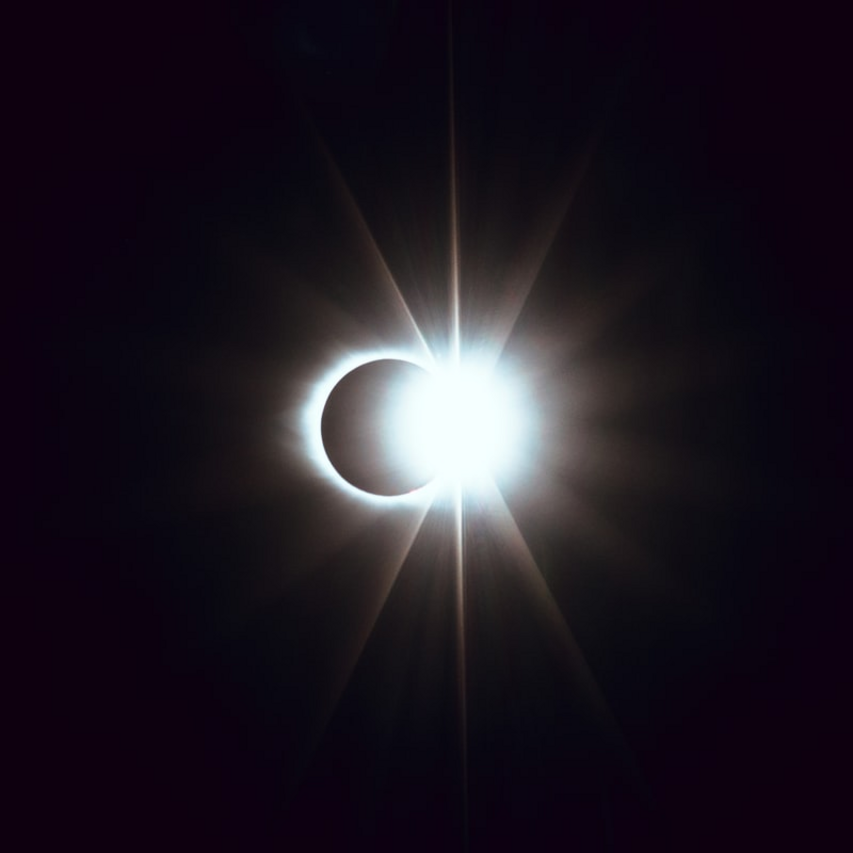Volatility in 2019: From space weather to Volfefe
Alex Fidgeon-Keeler, Associate (London)

In the following report, we investigate emerging methods of understanding and withstanding market volatility. Our research covers equity crowding, securities lending, estimate and sentiment dispersion, corporate events, and geopolitical (country) risk.
2019 was the year that brought us Volfefe, a tongue-in-cheek volatility index developed by JPMorgan based on the statistically significant correlation between Donald Trump’s tweets and bond prices.
Perhaps, even more bizarrely, it also brought us an academic paper titled The forecasting ability of Solar and Space weather Data on NASDAQ’s Finance Sector Price Index Volatility. The authors find that ‘solar and space weather variables contribute statistically significant information with regard to the forecasting of volatility.’
The first reason I liked this paper is that anything involving space weather is good. The second reason is that the incredibly niche investable universe is quite amusing.
Actually, correlations between space weather and the Earth economy have been speculated upon since at least the 1870s, when Nature published an article called Sun Spots and Commercial Crises. Whilst misguided, this thesis fits into a long intellectual trend of approaching the softer (or social) science of economics with a mindset that is more at home in the world of harder (or natural) sciences like physics and chemistry.
Anyway, this was a year when volatility loomed large.
What we want to answer in the following Intelligence piece is the question of: beyond VIX and implied volatilities, what information or indicators can be used to better understand (and withstand) market volatility?